Should companies use virtual reality to cut costs or boost sales?
If you’ve written off VR as hype, then it may be time for a reality check
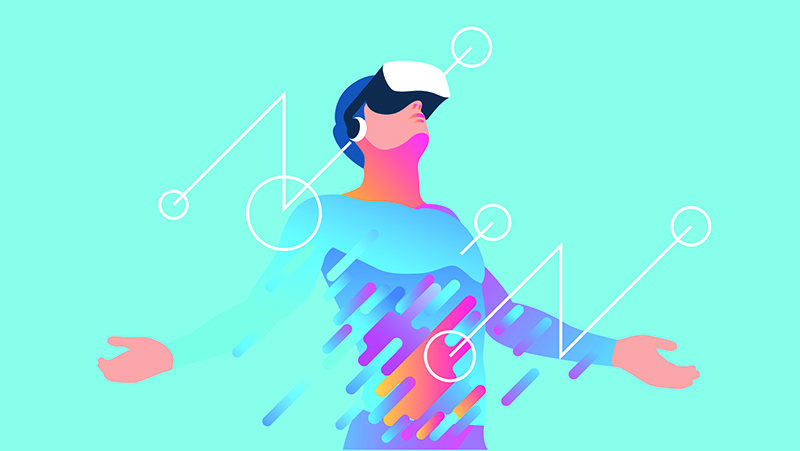
Building transient worlds
A striking Pebble Studios project is a VR tour of the Bowmore whisky distillery. Aware that drinkers who find a whisky they like tend to stay loyal to the brand, Bowmore wanted to help them identify with the unique factors that contributed to its product's distinctive taste, including the location, water source and even weather. Quantifying the return on its investment would be difficult, but VR was considered appropriate because it lent itself well to playing out at whisky conferences and in airport duty free lounges, where shoppers could be transported to the distillery's base on the Hebrides .
On a smaller scale, VR is making strides in real estate. Like Ikea's virtual rooms, VR house viewings give the user an idea of what it would be like to live in an environment, by giving them the opportunity to see it from the inside. Rightmove's early ventures are available on its YouTube channel, as are those of Nottingham agency Walton & Allen. Do these videos tell a story? Not in the traditional sense, but they do have a narrative that this is what your life could be like if you moved here.
Reality vs unreality
Real estate and furnishings are logical uses for VR. The same could be said for media, cars and holidays, but the case is less clear-cut for products that don't envelop the user in the real world.
And that's the key. Successful VR recreates reality on a virtual plane, allowing the audience to experience something that would otherwise be out of their reach at least without them making a not-inconsiderable journey.
"When you put on [a headset], you enter a completely immersive computer-generated environment," wrote Zuckerberg when he announced Facebook's interest in Oculus VR. "The incredible thing about the technology is that you feel like you're actually present in another place with other people. People who try it say it's different from anything they've experienced in their lives."
On a raw, technological level, he's right, but from what we've seen so far it seems that, when it comes to VR promotion at least, making the results as familiar as possible, rather than different, may be the key to success.
Main image credit: Shutterstock
Sign up today and you will receive a free copy of our Future Focus 2025 report - the leading guidance on AI, cybersecurity and other IT challenges as per 700+ senior executives
Nik Rawlinson is a journalist with over 20 years of experience writing for and editing some of the UK’s biggest technology magazines. He spent seven years as editor of MacUser magazine and has written for titles as diverse as Good Housekeeping, Men's Fitness, and PC Pro.
Over the years Nik has written numerous reviews and guides for ITPro, particularly on Linux distros, Windows, and other operating systems. His expertise also includes best practices for cloud apps, communications systems, and migrating between software and services.
-
 Microsoft wants to replace C and C++ with Rust by 2030
Microsoft wants to replace C and C++ with Rust by 2030News Windows won’t be rewritten in Rust using AI, according to a senior Microsoft engineer, but the company still has bold plans for embracing the popular programming language
-
 Google drops $4.75bn on data center and energy firm Intersect
Google drops $4.75bn on data center and energy firm IntersectNews The investment marks the latest move from Google to boost its infrastructure sustainability credentials
-
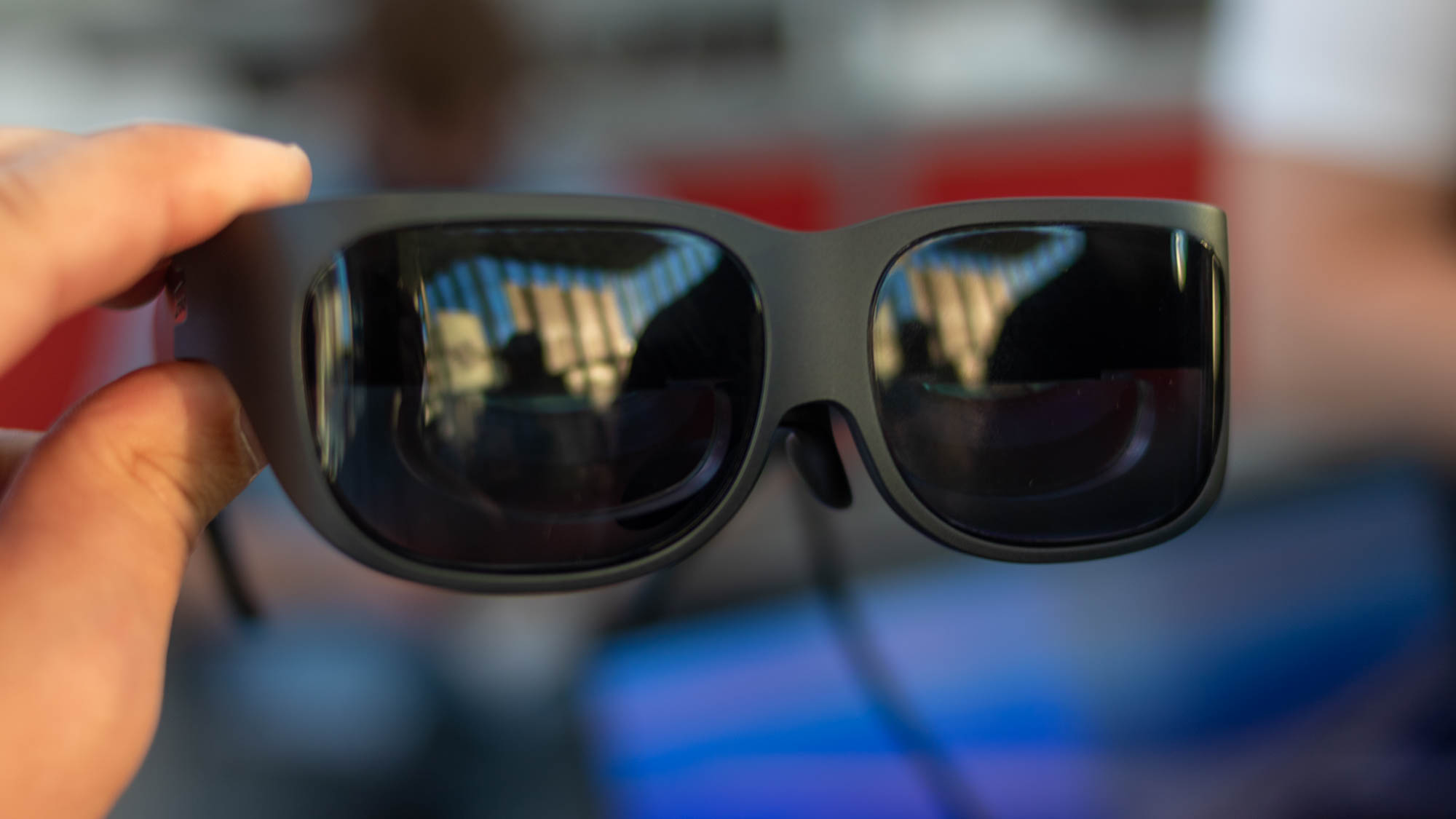 Has Lenovo found the ultimate business use case for smart glasses?
Has Lenovo found the ultimate business use case for smart glasses?Opinion Lenovo’s T1 smart glasses offer a virtual desktop that only you can see
-
 Virtual striker: Using VR to train Premier League stars
Virtual striker: Using VR to train Premier League starsCase Studies How one company is taking VR out of the boardroom and into the locker room
-
 NeuPath and Cynergi will bring VR therapy to chronic pain management
NeuPath and Cynergi will bring VR therapy to chronic pain managementNews NeuPath will integrate Cynergi’s VR program with its remote pain management platform
-
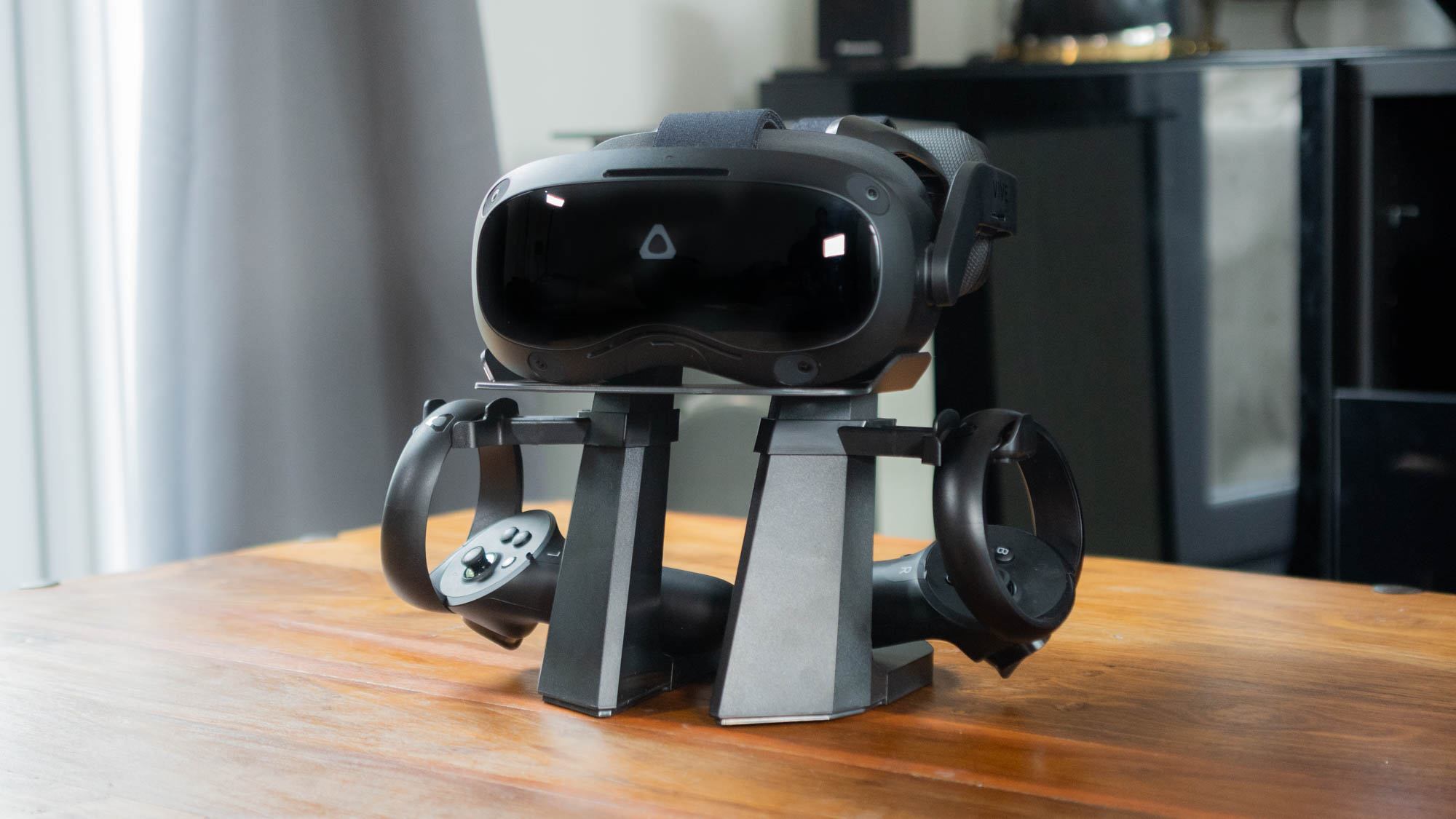
 HTC Vive Focus 3 review: The future of VR is here
HTC Vive Focus 3 review: The future of VR is hereReviews This smart and stylish headset is a leap forward for the technology
-
 The IT Pro Podcast: Can VR unite the hybrid workplace?
The IT Pro Podcast: Can VR unite the hybrid workplace?IT Pro Podcast How one company is using virtual reality to bring its staff together
-
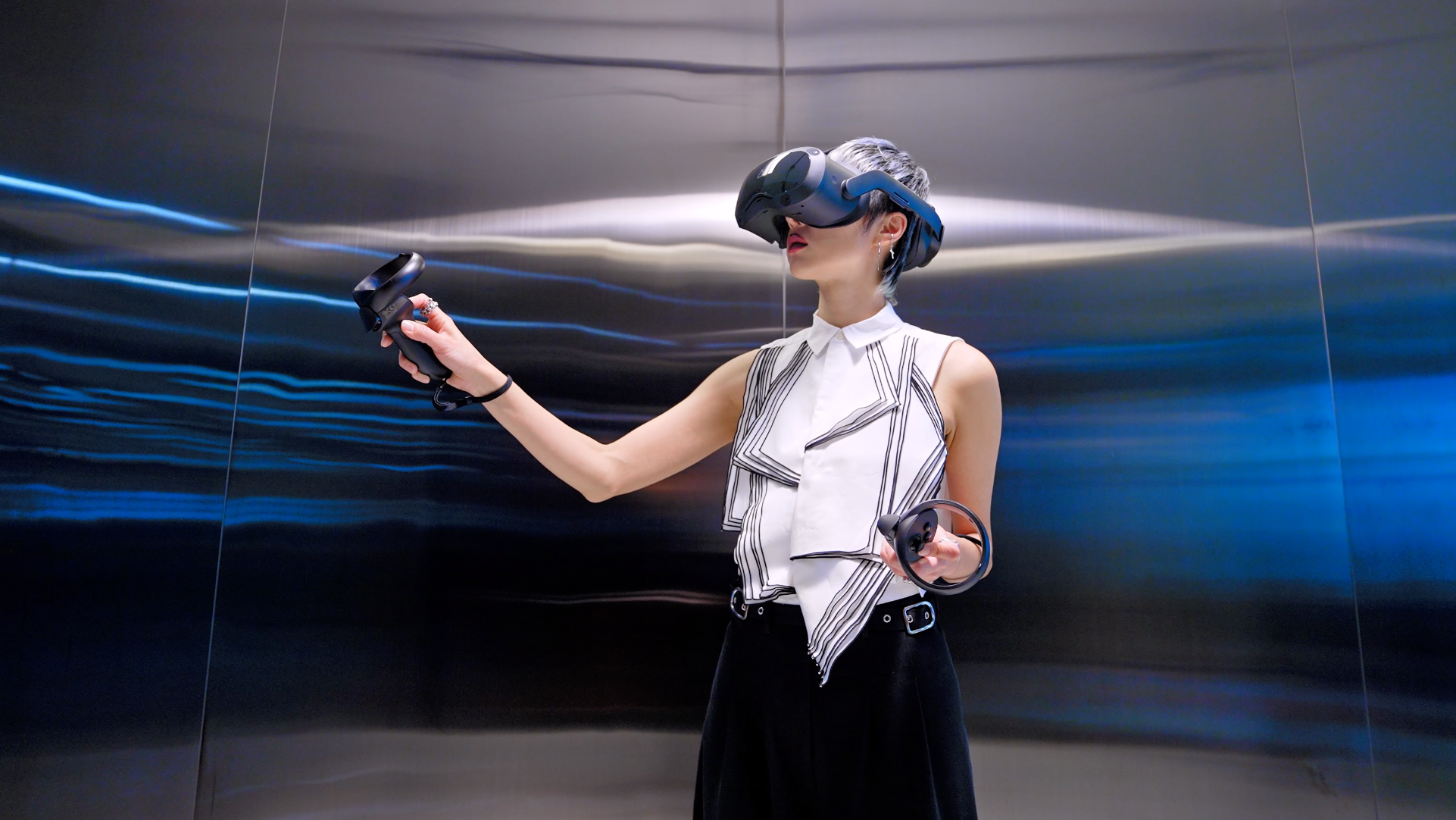 HTC launches new business-focused VR headsets
HTC launches new business-focused VR headsetsNews Vive Pro 2 and Vive Focus 3 include 5K resolution, larger field of view, and business management tools
-
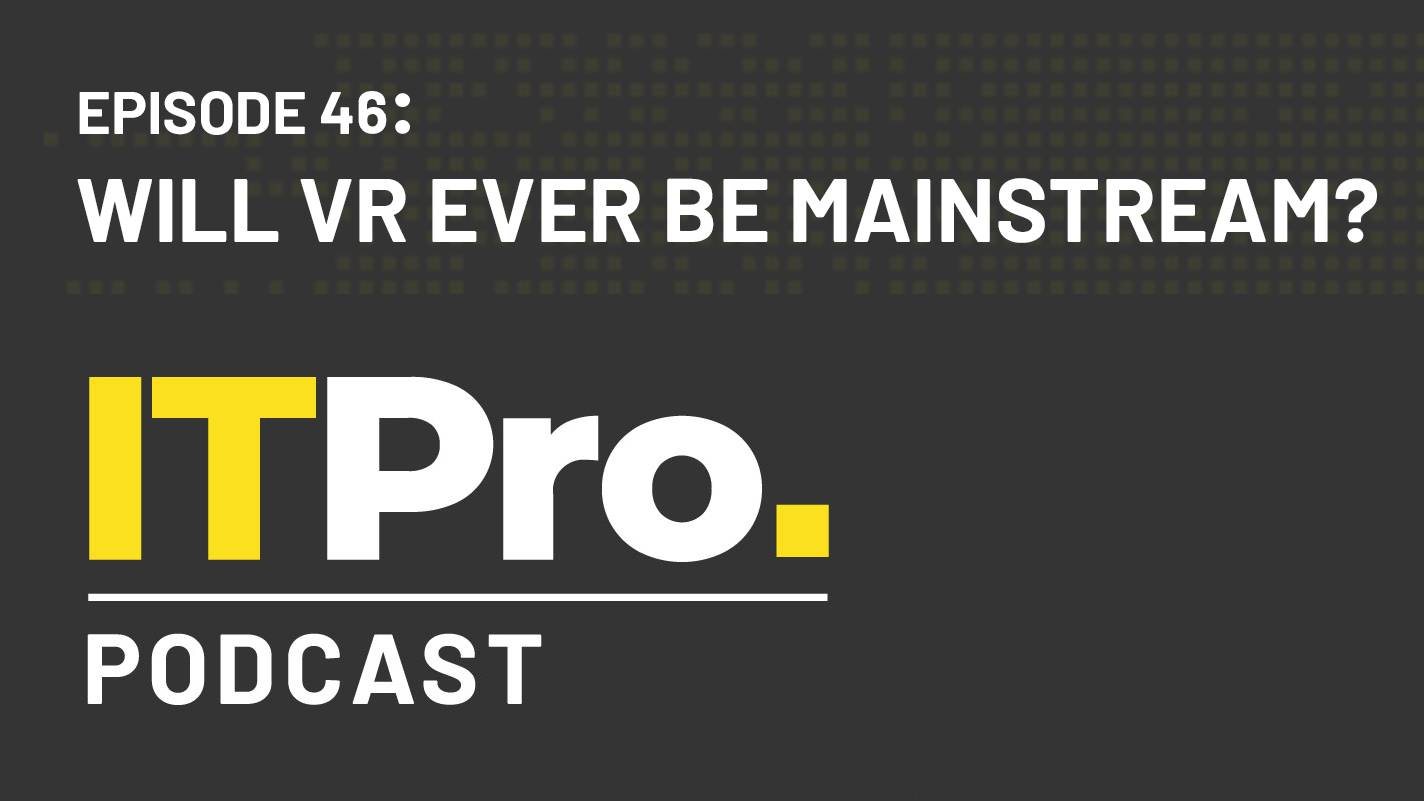 The IT Pro Podcast: Will VR ever be mainstream?
The IT Pro Podcast: Will VR ever be mainstream?IT Pro Podcast Despite years of development, VR is still a niche technology
-
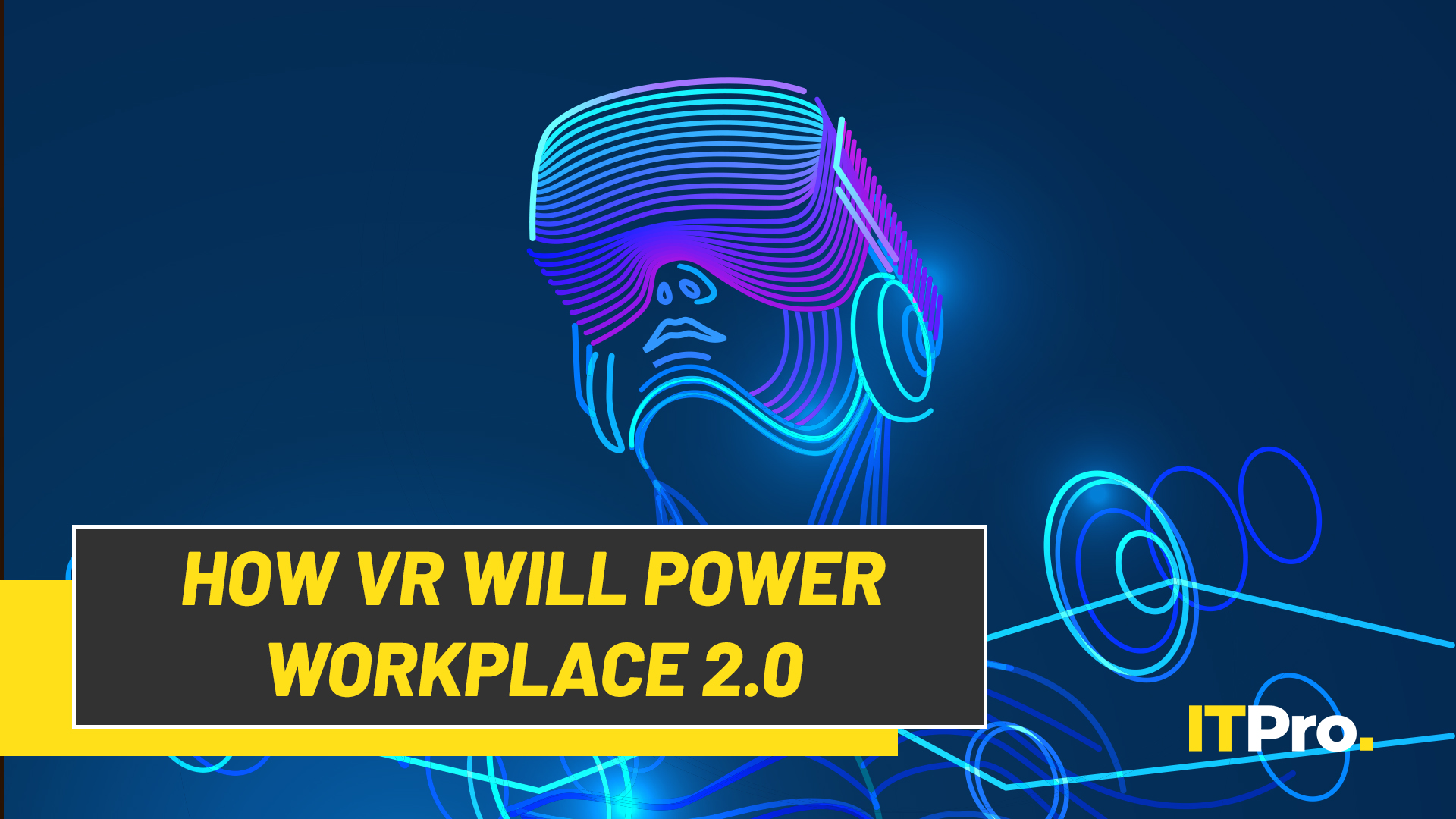 IT Pro Live: How virtual reality will power Workplace 2.0
IT Pro Live: How virtual reality will power Workplace 2.0Video The office of the future might not be a physical office at all